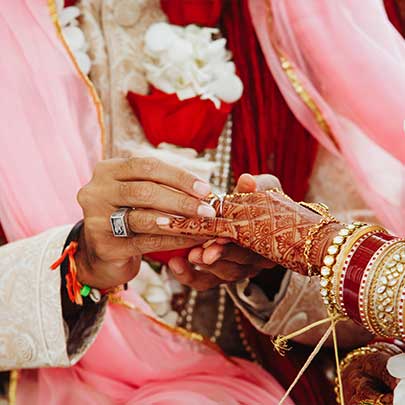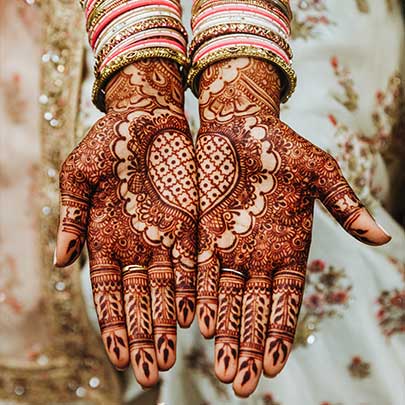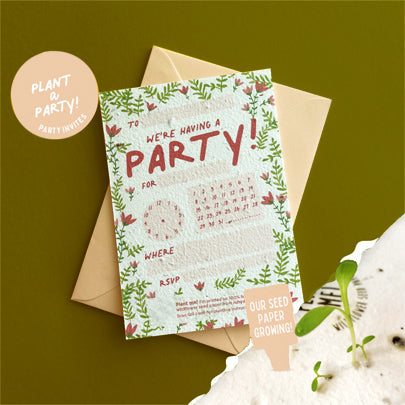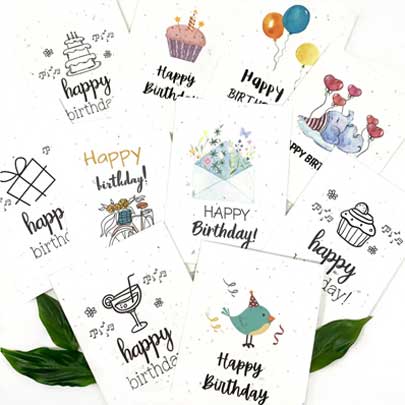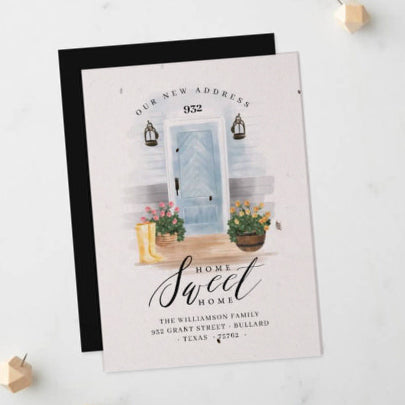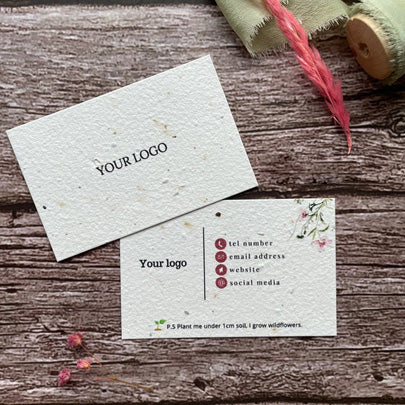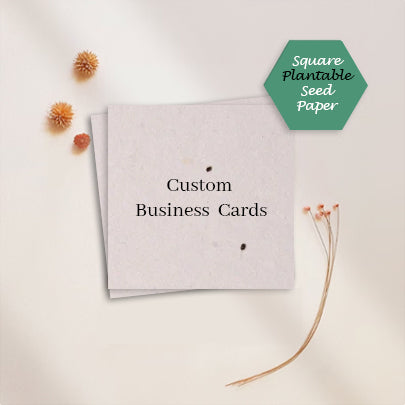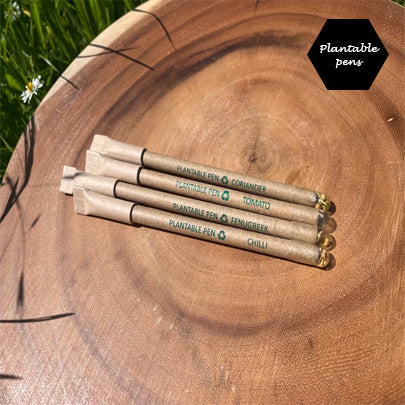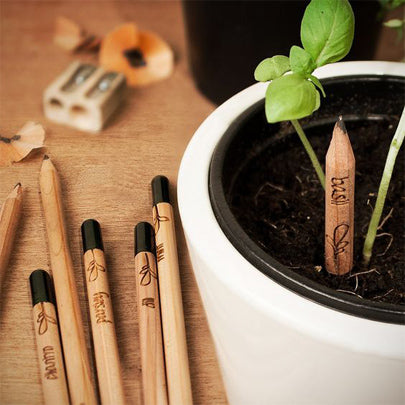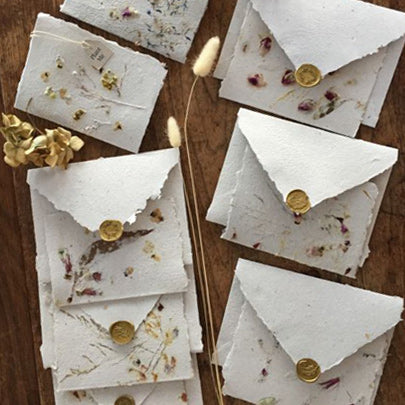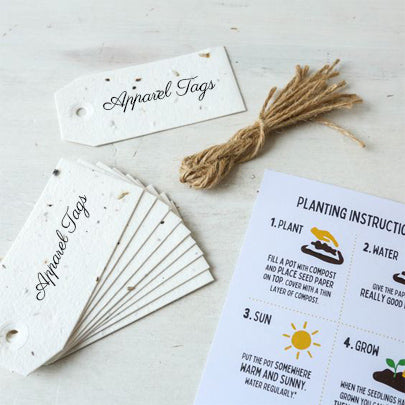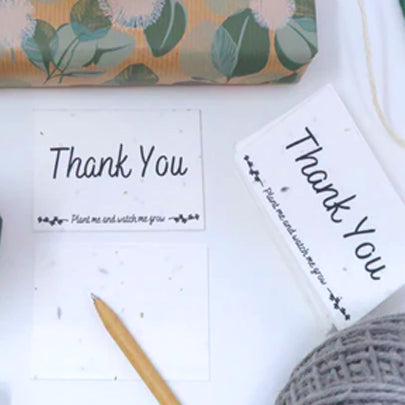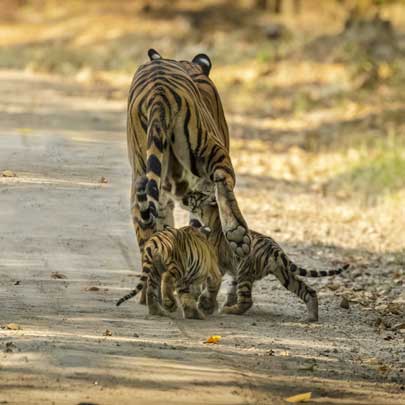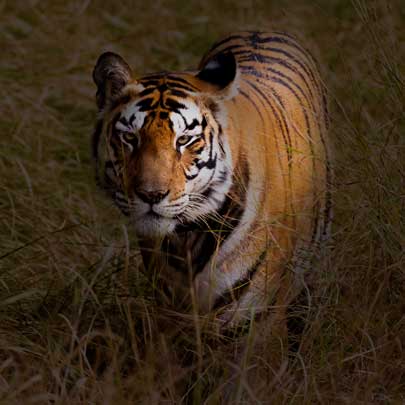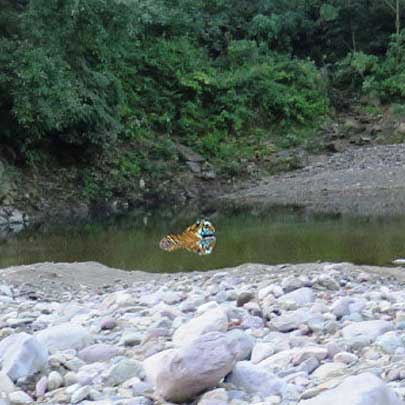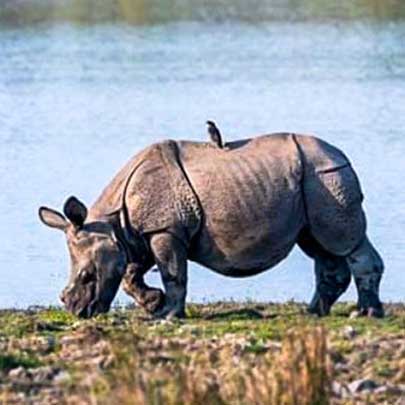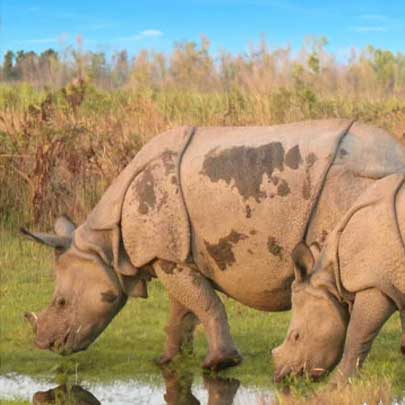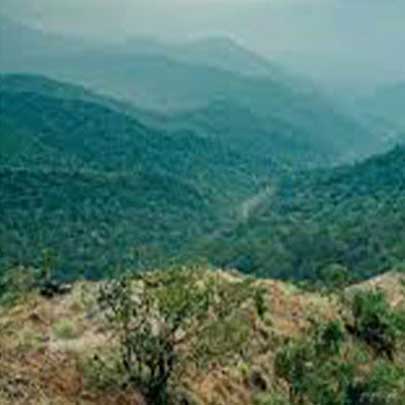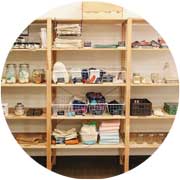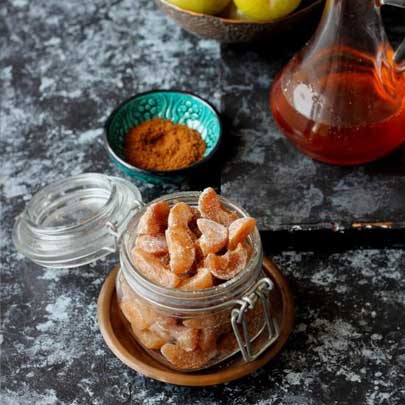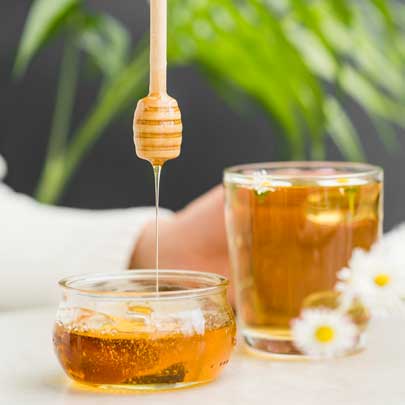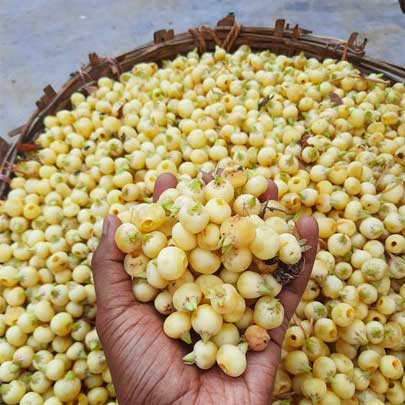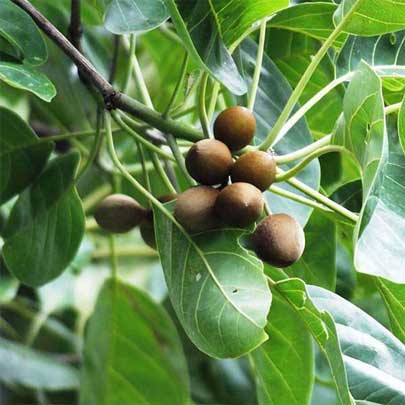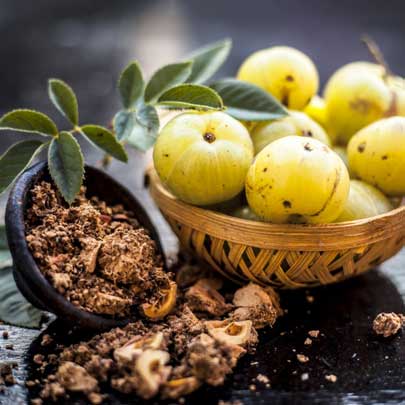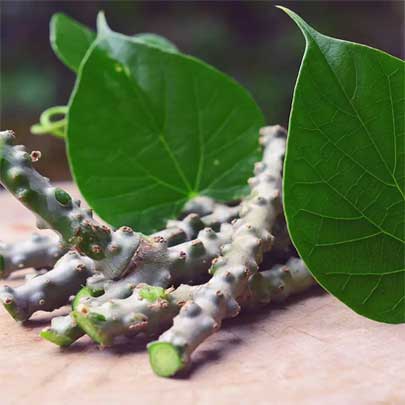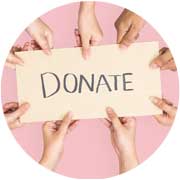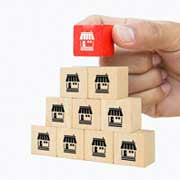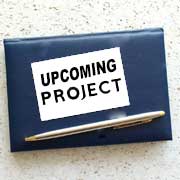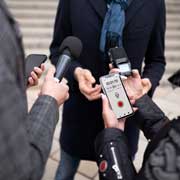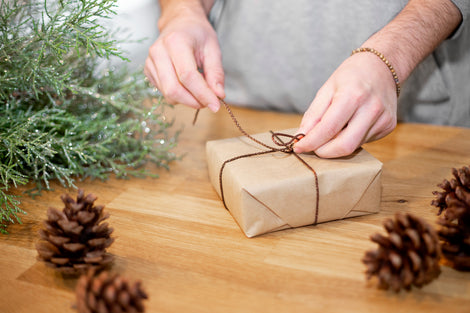The Science Behind Plantable Paper: How It Works
The Science Behind Plantable Paper: How
It Works
In a world increasingly driven by sustainable solutions, plantable paper stands out as an innovative and eco-friendly alternative to traditional paper products. Imagine a sheet of paper that doesn't just serve its purpose and end up in the trash — but instead blossoms into vibrant flowers, herbs, or even vegetables. That’s the magic of plantable paper.
This biodegradable, seed-embedded paper has grown in popularity in eco-conscious circles and is now used for business cards, wedding invitations, corporate stationery, greeting cards, and more. In this blog, we’ll explore the science behind plantable paper, how it works, and how organizations like Wildlense Eco Foundation are helping promote its use for environmental conservation.
What is Plantable Paper?

Plantable paper, also known as seed paper, is eco-friendly, biodegradable paper that is embedded with seeds. When you plant it in soil and water it, the paper decomposes and the seeds sprout into plants. This not only reduces waste but also gives back to nature — an example of a circular, zero-waste product.
The Science Behind Plantable Paper
To understand how plantable paper works, let’s break down the three main scientific principles involved:
1. Biodegradable Materials
The base of plantable paper is made from biodegradable materials such as:
-
Recycled paper pulp
-
Cotton rags
-
Agricultural waste fibers (like jute, banana fiber, or sugarcane bagasse)
These materials are processed into pulp and serve as the “soil” for embedding seeds. Since they are organic, they decompose naturally when buried in the soil, providing a moist and nutrient-rich environment for seed germination.
2. Seed Viability
Only viable seeds are used in plantable paper. These can include:
-
Wildflowers (for pollinator-friendly gardens)
-
Herbs (basil)
-
Vegetables (tomato, spinach, mixed)
The key scientific challenge is preserving the seed's ability to germinate despite being embedded in the paper and possibly stored for months. This is achieved by:
-
Using low-heat drying methods during paper production
-
Avoiding chemical additives that could harm seeds
-
Storing the paper in cool, dry conditions
3. Germination Process
When planted, three conditions must be met for germination:
-
Moisture: Water dissolves the paper and activates enzymes in the seed
-
Warmth: Seeds require the right temperature to break dormancy
-
Light or Darkness: Depending on the seed type, light conditions must be suitable
As the paper disintegrates, the seeds sprout, developing roots and shoots. Eventually, the plant grows fully, leaving no trace of the original paper.
How is Plantable Paper Made?
Here is a simplified version of the production process:
-
Collect Recycled Paper – Waste paper is shredded and soaked in water to create pulp.
-
Blend to a Smooth Consistency – The pulp is blended until smooth.
-
Add Seeds – Viable seeds are mixed in by hand to avoid crushing.
-
Screen and Press – The mixture is poured onto a mesh screen, shaped, and pressed flat.
-
Dry Gently – The sheet is left to air dry in a cool environment.
-
Cut and Print – The dry seed paper is then cut into desired shapes or printed using eco-friendly, water-based inks.
This low-impact manufacturing method aligns with green printing and sustainable stationery practices.
How to Use Plantable Paper

Plantable paper can be used in several creative and impactful ways:
-
Wedding Invitations – Couples love eco-conscious wedding invites that guests can plant.
-
Business Cards – Companies use them to reflect their sustainability values.
-
Greeting Cards – Instead of throwing cards away, recipients plant them.
-
Promotional Materials – Brands use seed paper to enhance their green credentials.
-
Event Giveaways – Seed paper bookmarks or tags make for great eco-friendly souvenirs.
Here’s a step-by-step guide on how to plant seed paper:
-
Soak the paper in water overnight.
-
Tear it into small pieces.
-
Place in a pot or soil bed and cover lightly with soil.
-
Water regularly and keep in a warm, sunny spot.
-
Watch it grow in 7–14 days, depending on seed type.
Environmental Benefits of Plantable Paper
Using plantable paper contributes to a sustainable, zero-waste lifestyle. Here's how:
🌱 1. Reduces Paper Waste
Since it decomposes naturally, it doesn’t contribute to landfill waste.
🌱 2. Promotes Reforestation
It gives rise to more plants, herbs, and trees, which help fight climate change.
🌱 3. Encourages Biodiversity
Flower-seed papers attract bees, butterflies, and other pollinators.
🌱 4. Lowers Carbon Footprint
Production involves minimal energy use and zero chemical waste.
🌱 5. Raises Environmental Awareness
Its creative use inspires individuals and businesses to think green.
Wildlense Eco Foundation: Supporting a Greener Tomorrow
One organization making strides in promoting eco-friendly innovations like plantable paper is the Wildlense Eco Foundation. Based in India, this non-profit is committed to:
-
Wildlife conservation
-
Eco-tourism initiatives
-
Promoting sustainable living
They’ve been advocates for plantable paper as part of their environmental campaigns. Whether it's using seed paper for their official communication or distributing it during awareness drives, Wildlense Eco Foundation shows how small changes in material use can make a big ecological impact.
By integrating eco-education with practical tools like plantable paper, the foundation is helping communities and businesses move toward greener practices.
Real-World Applications of Seed Paper

✔️ Educational Institutions
Used for student activities, school projects, and green campaigns.
✔️ Eco-Friendly Gifting
Gifts accompanied by seed paper tags make for thoughtful, sustainable gestures.
✔️ Corporate Social Responsibility (CSR)
Companies use seed paper in their CSR efforts to reinforce their commitment to the planet.
✔️ NGOs and Green Movements
Plantable paper is often used in fundraising campaigns, rallies, and environmental workshops.
Tips for Maximizing the Success of Seed Paper
-
Choose native seeds that suit your local climate and soil.
-
Avoid over-watering, which can rot the seeds.
-
Educate recipients with printed instructions on how to plant the paper.
-
Store unused seed paper in cool, dry places to preserve viability.
The Future of Plantable Paper
As climate change and waste management become more urgent global issues, plantable paper offers a simple yet powerful way to take action. With increasing awareness and support from organizations like Wildlense Eco Foundation, we’re likely to see more innovative uses in the years to come.
From biodegradable packaging to urban gardening kits, the potential is enormous. Future advancements may even allow for customizable seed blends, nutrient-infused papers.
Final Thoughts
Plantable paper is more than just a novelty — it’s a practical tool for sustainable living, blending science, art, and environmental stewardship. As individuals, schools, and businesses adopt greener practices, using seed paper becomes an accessible and impactful choice.
Thanks to ongoing efforts by eco-organizations like Wildlense Eco Foundation, this innovation is making its way into mainstream use — one sheet, one seed, and one plant at a time.
Frequently Asked Questions
Q: Is plantable paper safe for the environment?
Yes. It uses biodegradable paper and non-GMO seeds, with no chemicals.
Q: Can I print on plantable paper?
Yes, but it requires a specialized printer, best to use eco-friendly inks & heat free printing methods.
Q: How long does seed paper last?
When stored properly, it remains viable for up to 2 years, though it's best used within 6-12 months.
Q: What kind of seeds are used?
Common options include wildflowers, herbs like basil or mint, and vegetables like spinach tomato or mixed.






